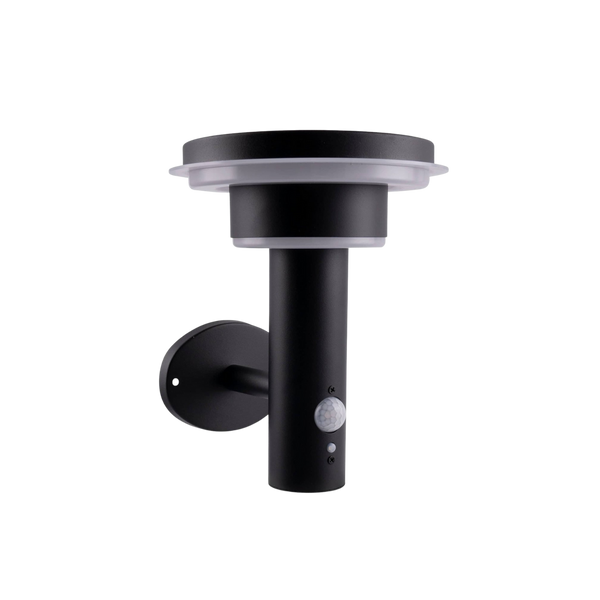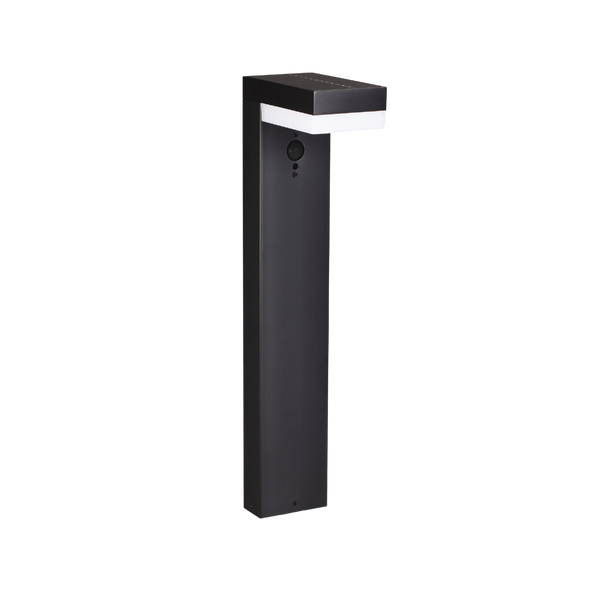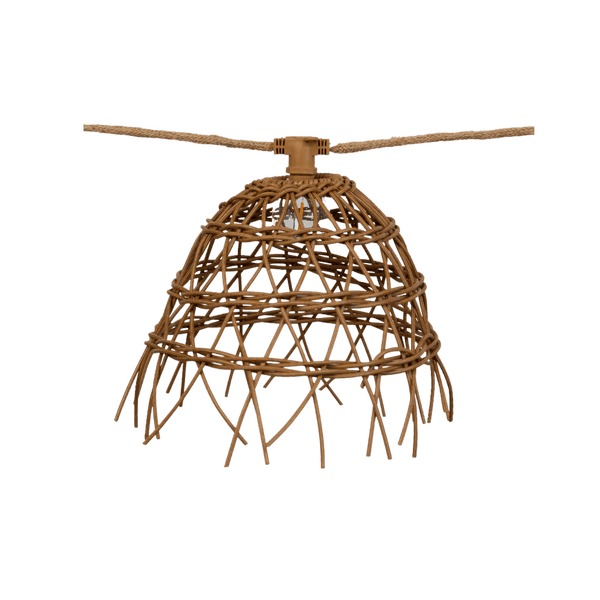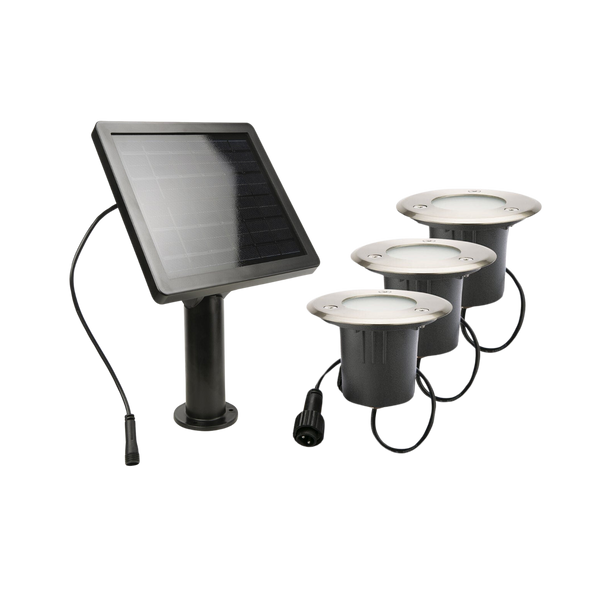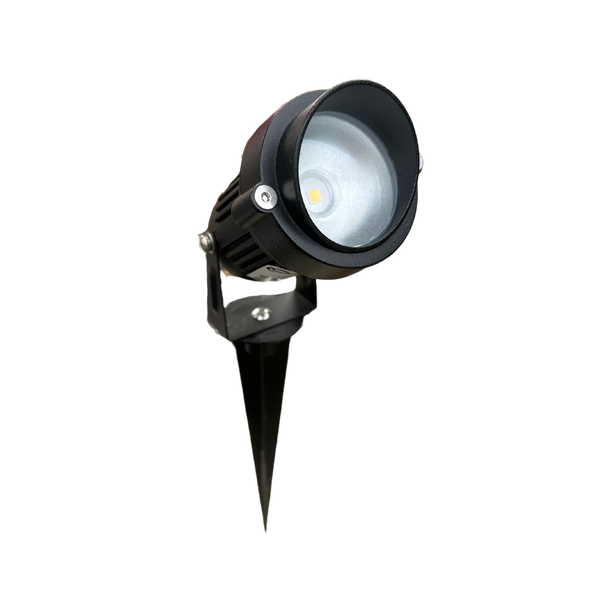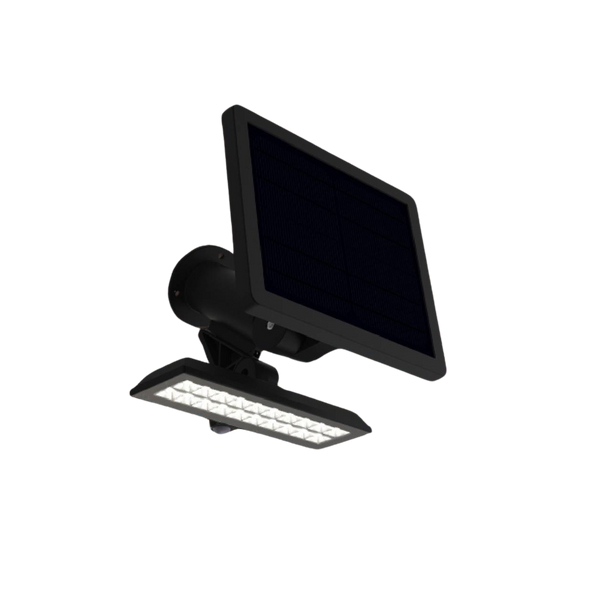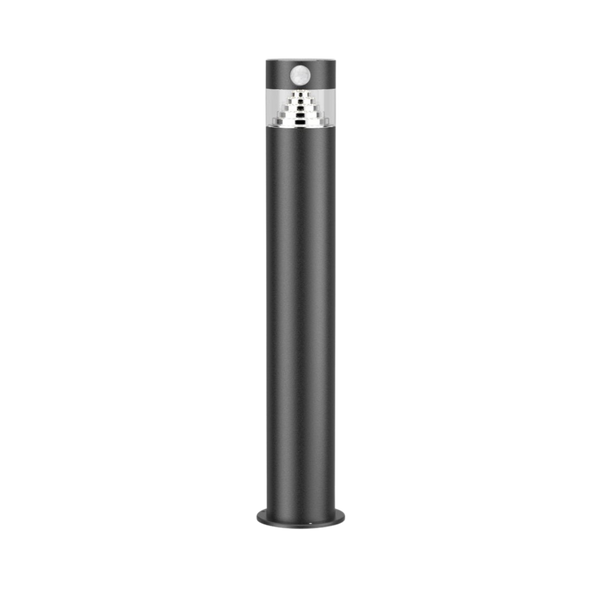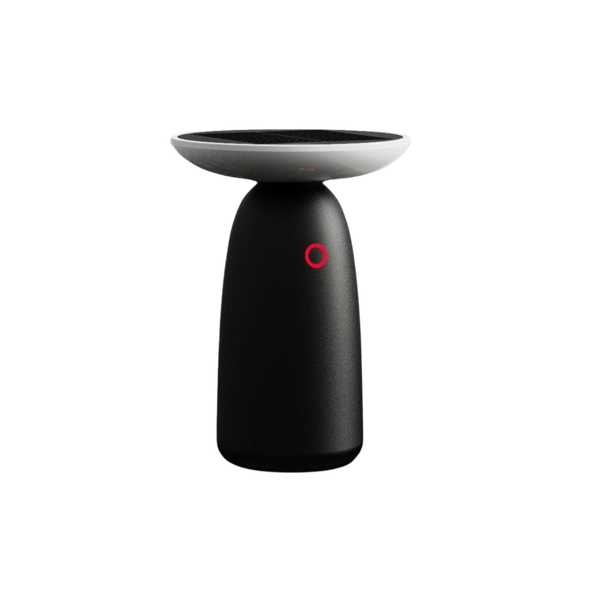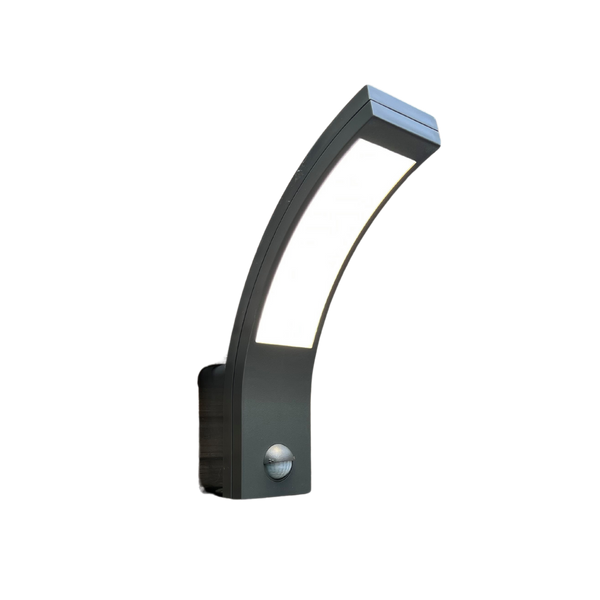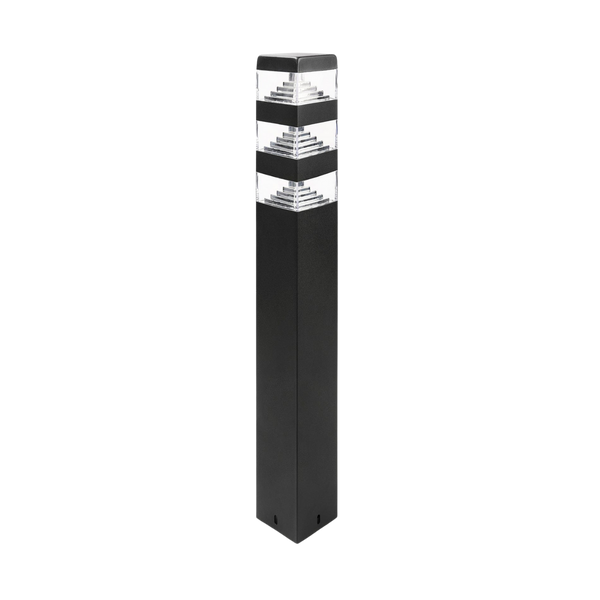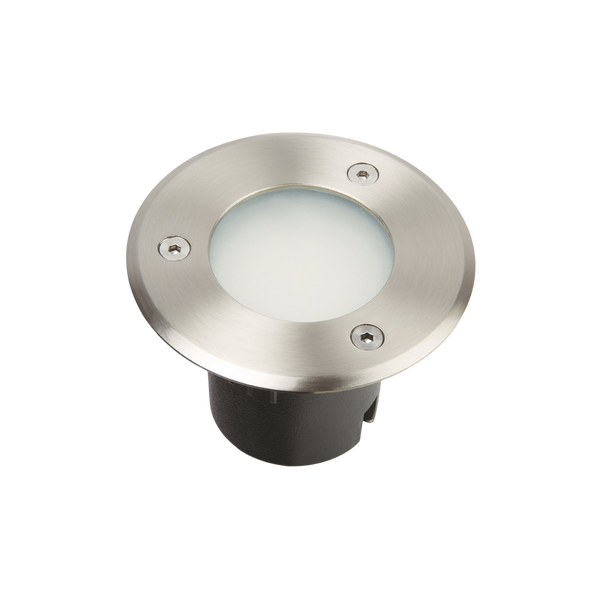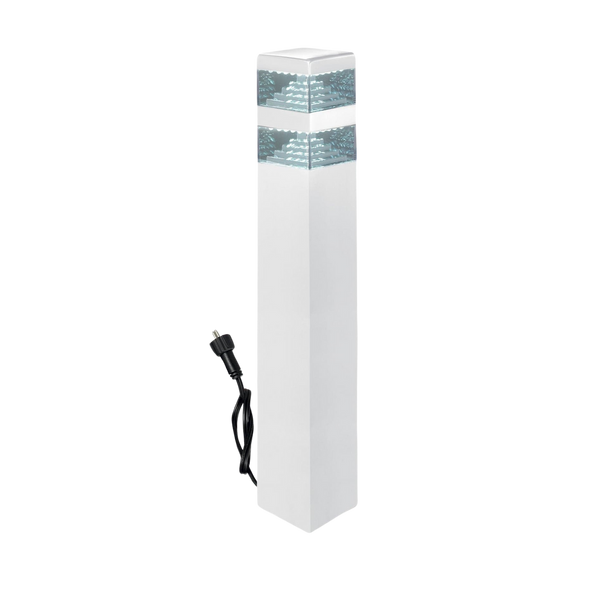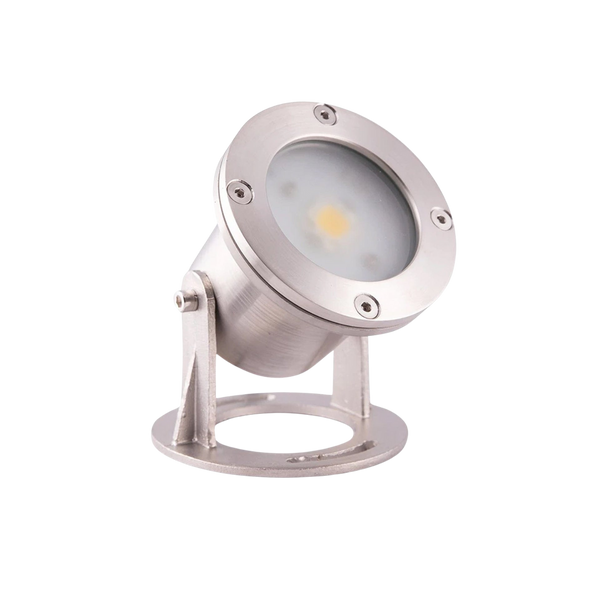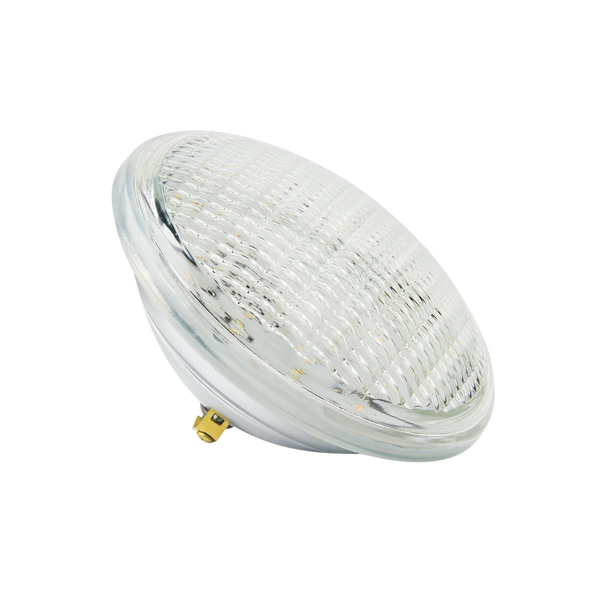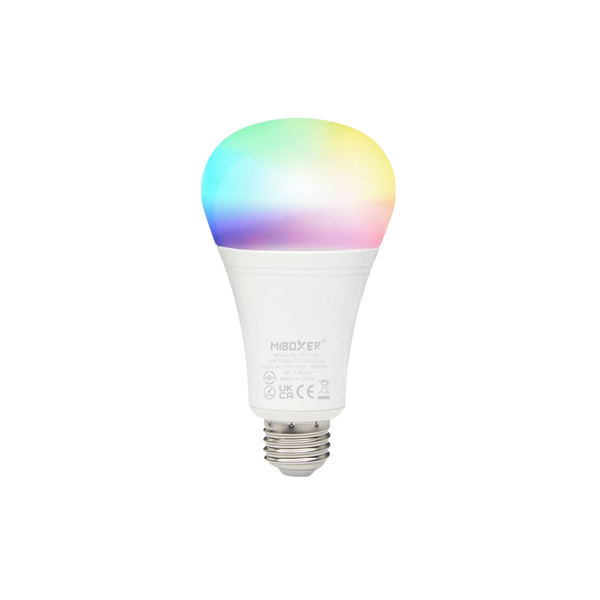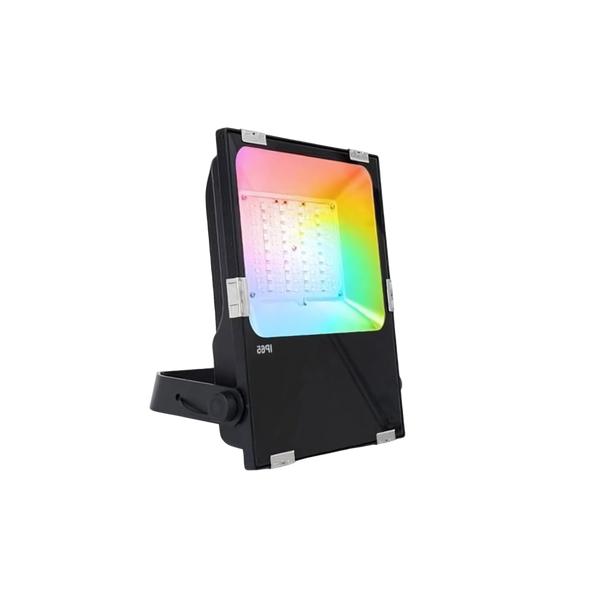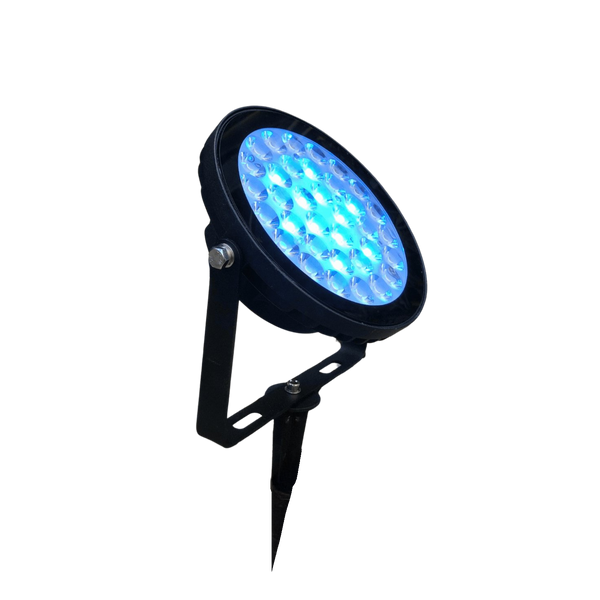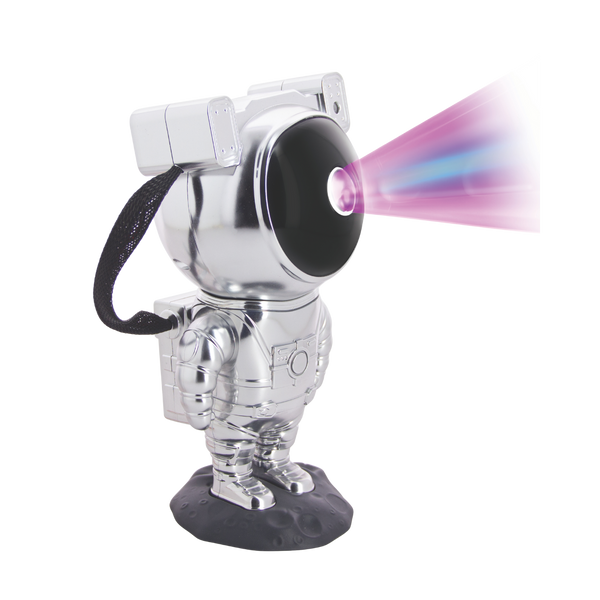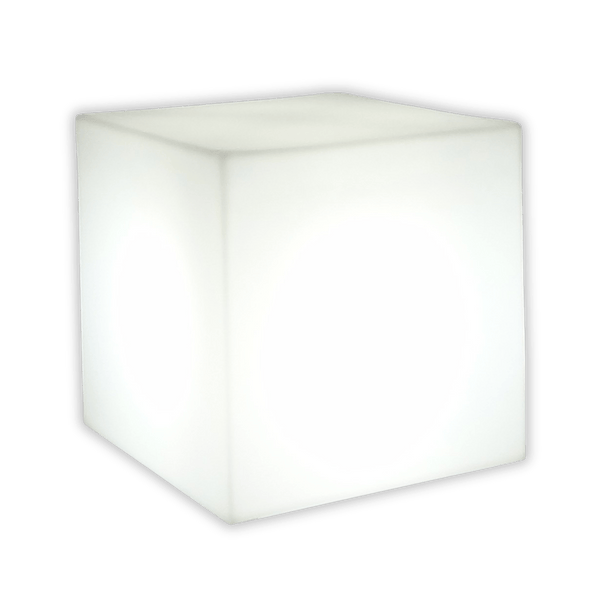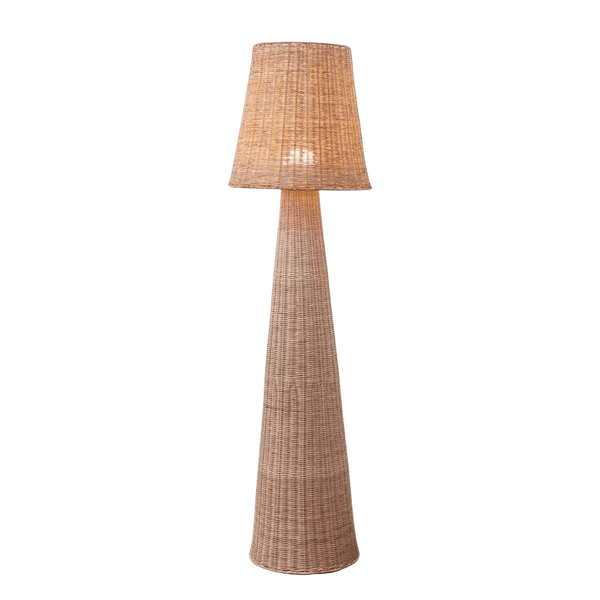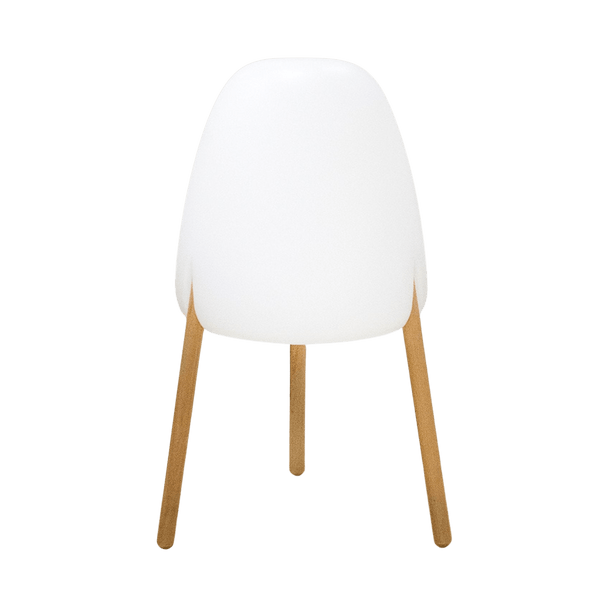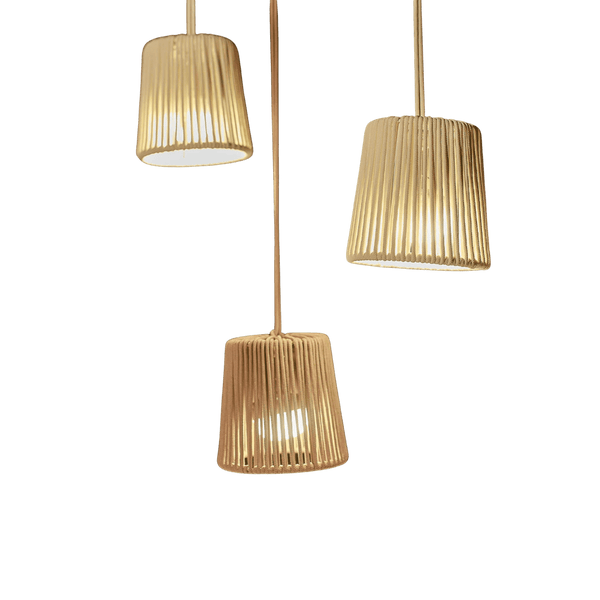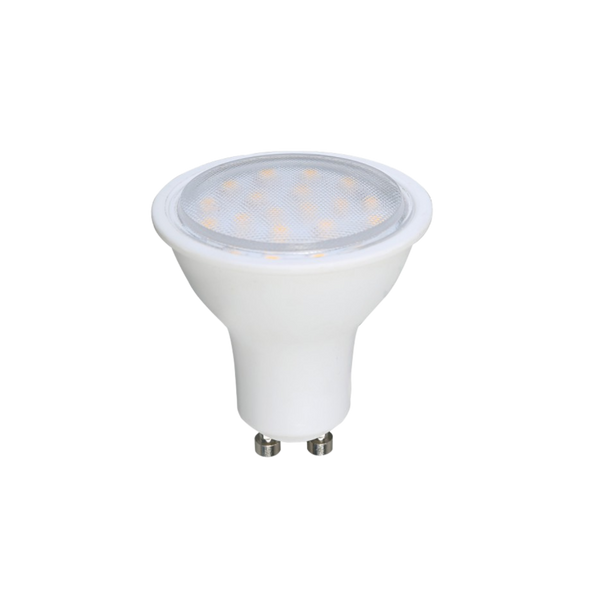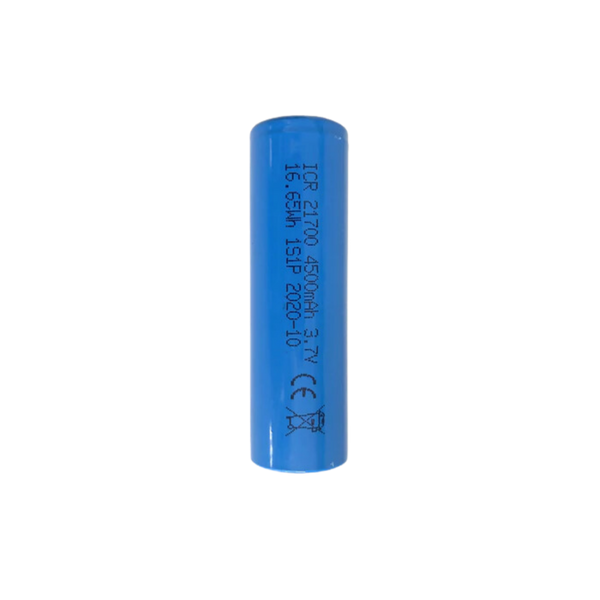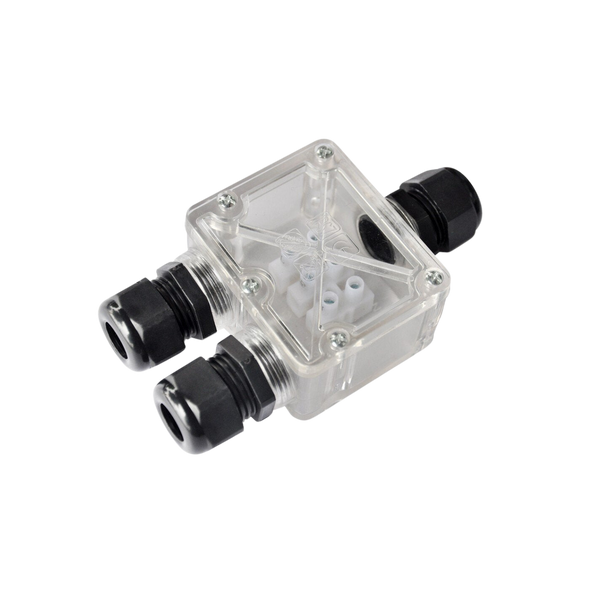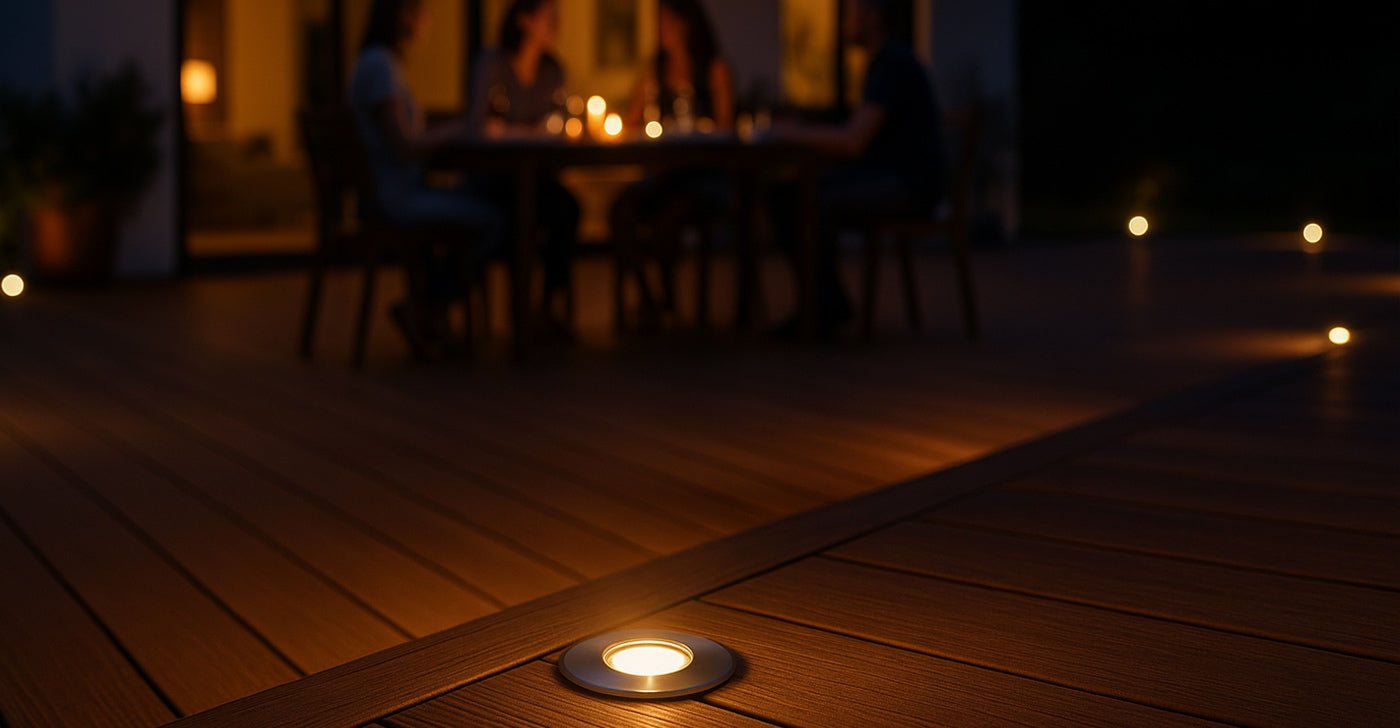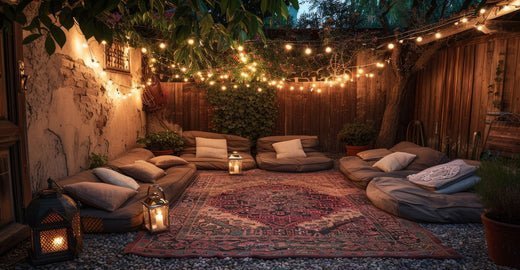Your terrace is ready, your garden furniture installed... but when night falls, everything disappears into the dark? It's time to do something about it. Installing recessed spotlights on a composite terrace ensures elegant, functional and perfectly integrated lighting.
But beware: outdoor lighting also means electrical standards, installation precautions and choosing the right products. Don't panic: here's a step-by-step guide to doing things the right way (and the right way electrically).
Why choose recessed spotlights for composite decking?
Outdoor LED spotlights offer a sober yet sophisticated look. They integrate directly into the boards of your composite decking, without visible wires or visual clutter. The result: low, unobtrusive, yet highly effective lighting.

In addition to their aesthetic appeal, they improve safety around the terrace, especially near steps, passageways or swimming pools.
And when it comes to maintenance, if you choose a good brand, you're on the safe side! At Lumihome, for example, our models are designed to withstand humidity, temperature variations and even human traffic.
Choosing the right type of spotlight: 12V or 230V?
Before you even start drilling your first deck board, there's a fundamental question to consider: which voltage should you choose? 12V or 230V? This decision will determine not only the type of equipment to be used, but also the precautions to be taken to guarantee your safety and the durability of the installation.
12V: the safe, easy-to-live-with solution
Very low voltage (12 volt) lighting systems are preferred for outdoor installations near a pool.
Why is that? Because they are much safer in the event of accidental contact with moisture, water splashes or a faulty connection. The voltage is low enough to present no danger to the user, making them perfectly suited to sensitive environments such as :
-
Terraces near a pool or pond
-
Poorly drained areas

The other advantage of a 12V outdoor spotlight is its ease of maintenance: in the event of breakdown or spotlight replacement, you don't need a licensed electrician.
But there's a downside:
-
A transformer is needed to convert 230V mains current into 12V.
-
The number of spotlights is limited by the power of the transformer
-
Cable lengths must be kept under control: beyond 10 to 15 metres, there may be a perceptible voltage drop.
Tip: at Lumihome, our transformers are designed to blend discreetly into the landscape, and several models offer waterproof versions for installation directly near the terrace.
230V: power and simplicity... but handle with care
230V (conventional mains voltage) is tempting: no need for a transformer, you feed your spotlights directly from a dedicated power line. This is generally the choice of professionals for :
-
Large terraces with 10, 15 or even 20 spotlights
-
Sustainable installations, wired once and for all
-
Dry, well-ventilated environments with easy access to the electrical panel
But this choice implies a number of regulatory obligations, since we're talking here about potentially lethal current.
In accordance with standard NF C 15-100, section 7.702, all outdoor 230V installations must comply with the following points:
-
Use cables suitable for outdoor use, protected in sheaths
-
Install a 30 mA differential circuit breaker dedicated to the outdoor circuit
-
All connections must be made in watertight junction boxes.
-
Spotlights must be IP65 minimum, and crush-resistant if installed in a high-traffic area.
Above all, no connection should be made in the open air, even temporarily.

How do you choose between the two?
Here are some typical scenarios:
| Situation | Recommended voltage | Why |
|---|---|---|
| Petite terrasse < 10m², sans point d’eau | 12V | Easier to install, sufficient for a few spots |
| Terrace with pool or pond nearby | 12V mandatory | For electrical safety reasons |
| Large terrace, powerful and extensive lighting | 230V | Reduced losses, no transformer required |
| Very humid or poorly ventilated environment | 12V recommended | Less risk of condensation |
Installation steps for recessed spotlights
1. Preparing the installation
Start by imagining the atmosphere you want to create: highlighting borders, mood lighting, securing passageways...
Next, assemble the equipment:
-
Recessed spotlights (IP65 minimum, crush-resistant if installed in passageways)
-
Hole saw adapted to spot diameter
-
Electrical cables for outdoor use
-
12V transformer (if required)
-
Watertight junction boxes
-
Sheaths to protect cables
-
Fast connection terminals (Wago type, waterproof)
2. Lay sheaths and prepare wiring
Before fixing your spotlights, you must first plan the cable routing under the terrace.
If your composite deck rests on joists, slide the sheathing between the boards.
Remember to :
-
Provide a logical, accessible path for maintenance
-
Leave a gap at each spot to facilitate connections
-
Never run bare cable without a protective sheath.
3. Drill holes
Position your spotlights according to your plan. What's best? Even spacing of 1.5 to 2 meters for a uniform effect.
Using a hole saw, drill out the blades in the intended location. Clean the contours to ensure a neat fit.
A word of advice: test with just one hole before drilling the whole deck. A small angle adjustment can happen very quickly.
4. Connecting spotlights
Connect your spotlights to the circuit, observing the correct polarity.
Use waterproof terminals or connectors designed for outdoor use.
For 230V spotlights :
-
Connect the ground, phase and neutral wires in a watertight box.
-
Close the junction box securely and protect it from standing moisture.
-
Connect the circuit to your electrical panel, on a dedicated differential circuit breaker.
5. Test the lighting
Restore power and switch on. If everything works perfectly, congratulations: you've just installed a lighting system that's durable, attractive and up to standard.
If a spot doesn't light up: check the connections, the polarity, and if you're using 12V, the maximum power supported by the transformer.
Practical tips
-
Ventilation: even if your spotlights are watertight, allow for slight ventilation under the terrace to prevent condensation.
-
Drainage: avoid basins where water can stagnate. If necessary, drill drainage holes near spotlights.
-
Maintenance: a little annual cleaning of the lenses ensures optimum light output
-
Avoid mixing 230V / 12V in the same circuit: this complicates installation and can cause problems with protection devices.
Your composite deck deserves lighting to match
Installing recessed spotlights is more than just a decoration exercise. It's a real technical operation which, if carried out properly, will transform your terrace into a living space in its own right, even at night.
With the right products, the right tools and a minimum of care, the results are spectacular. And if you have the slightest doubt, it's better to call in a professional than attempt a blind installation... especially with 230V!


